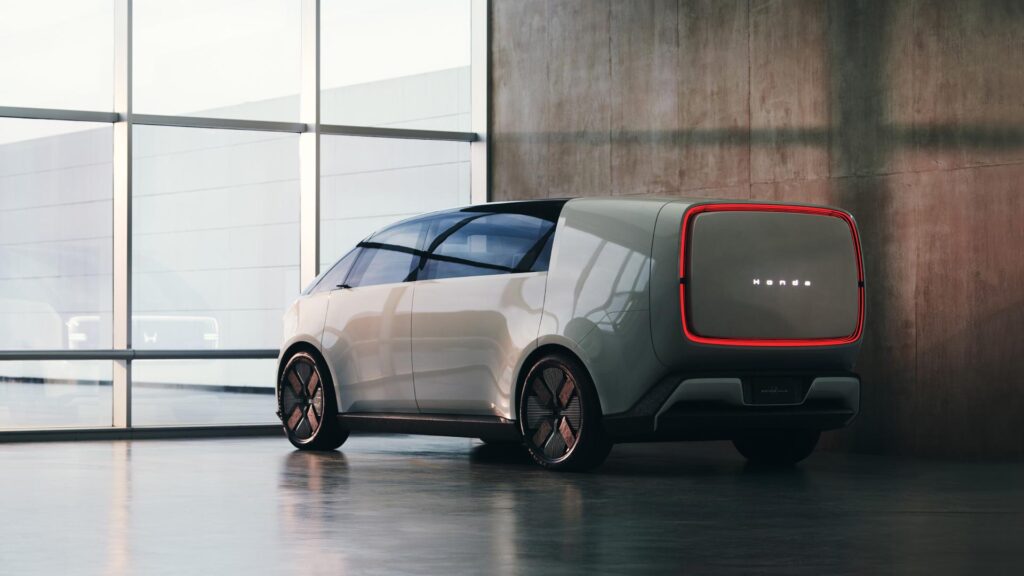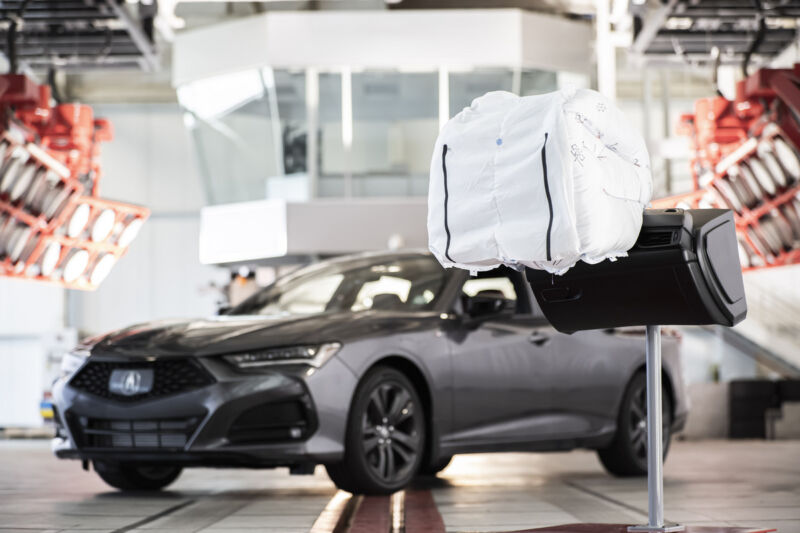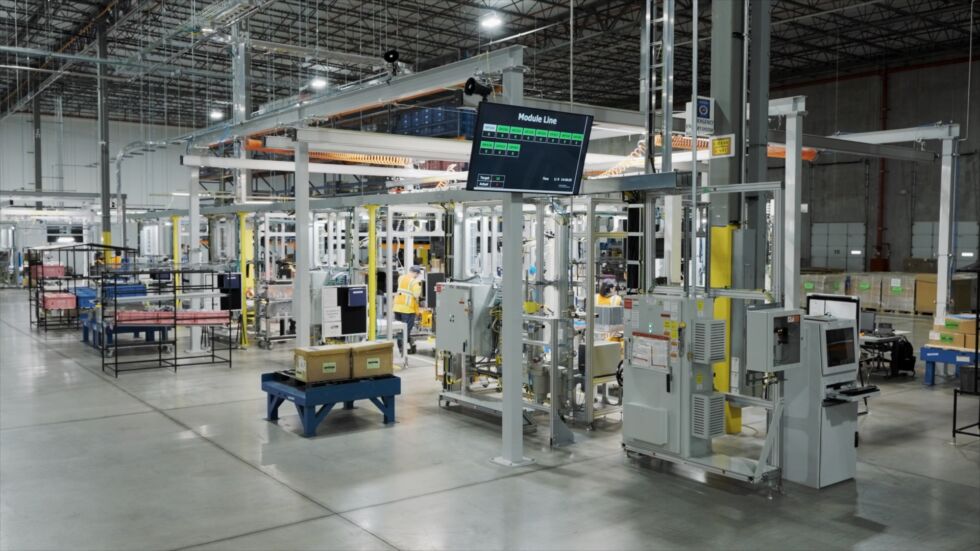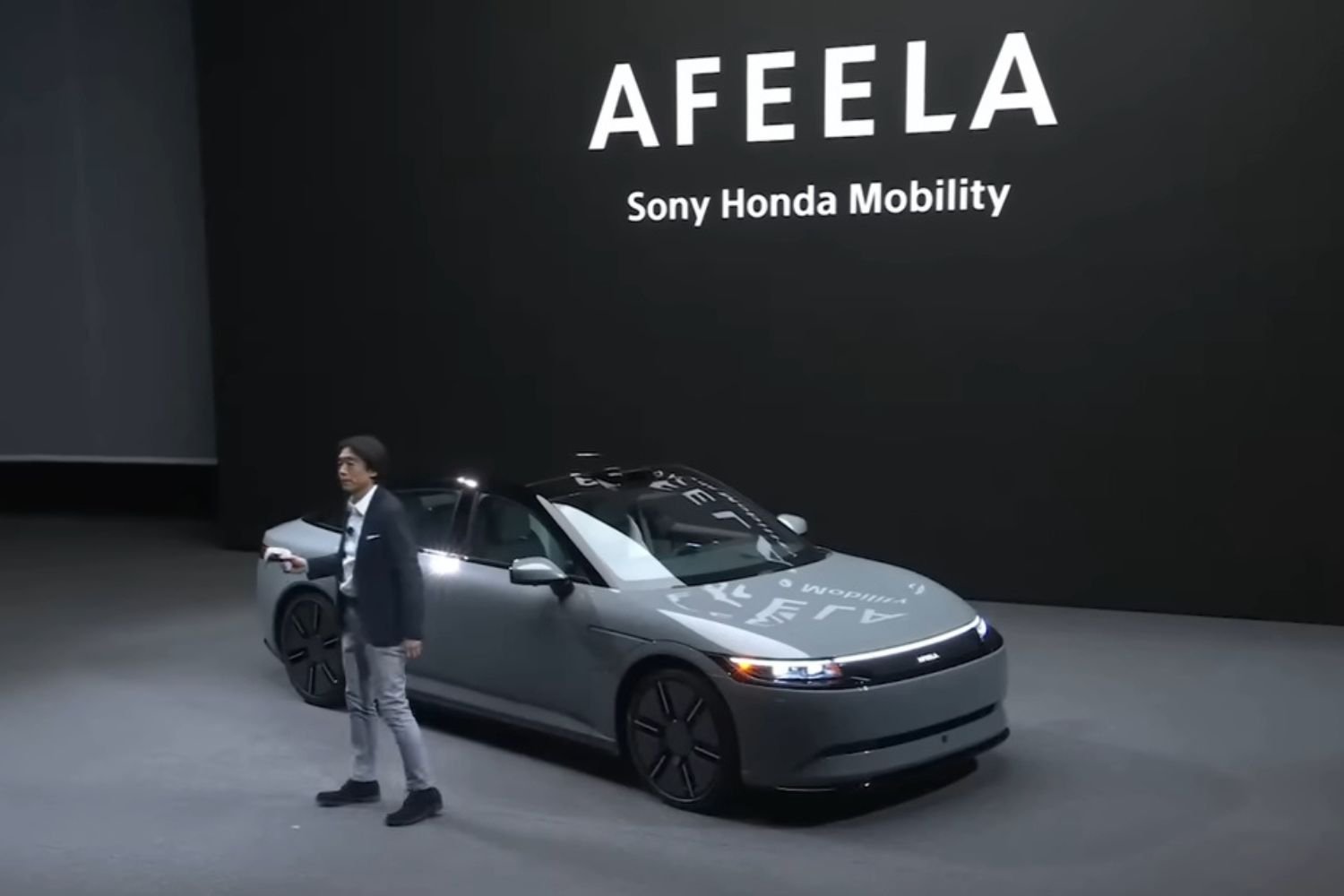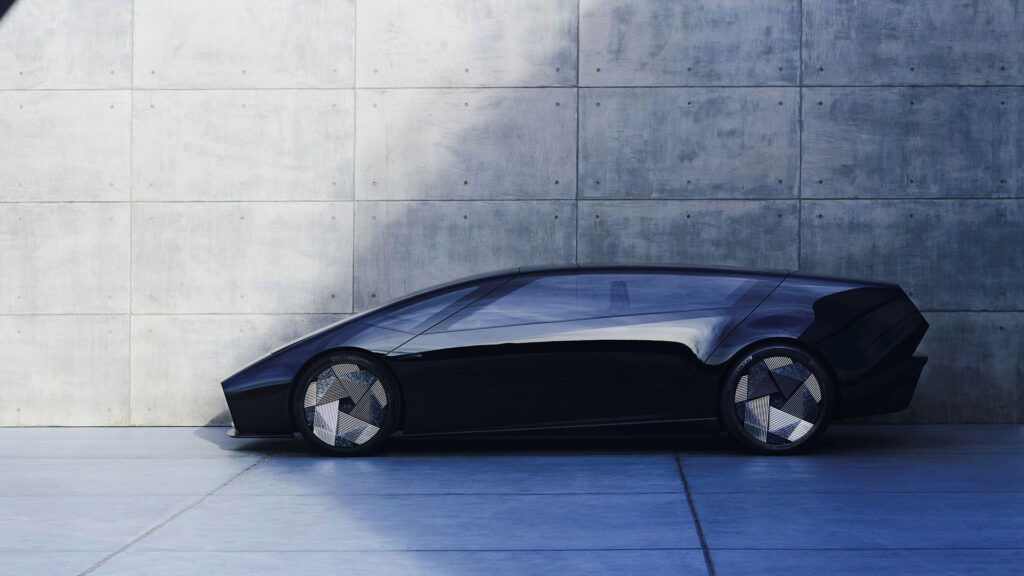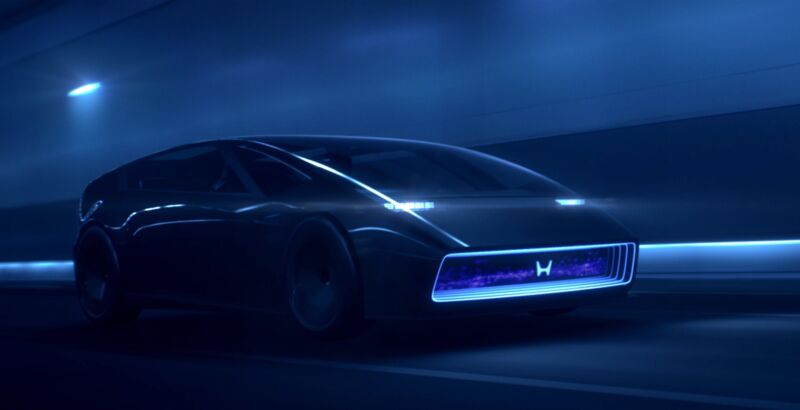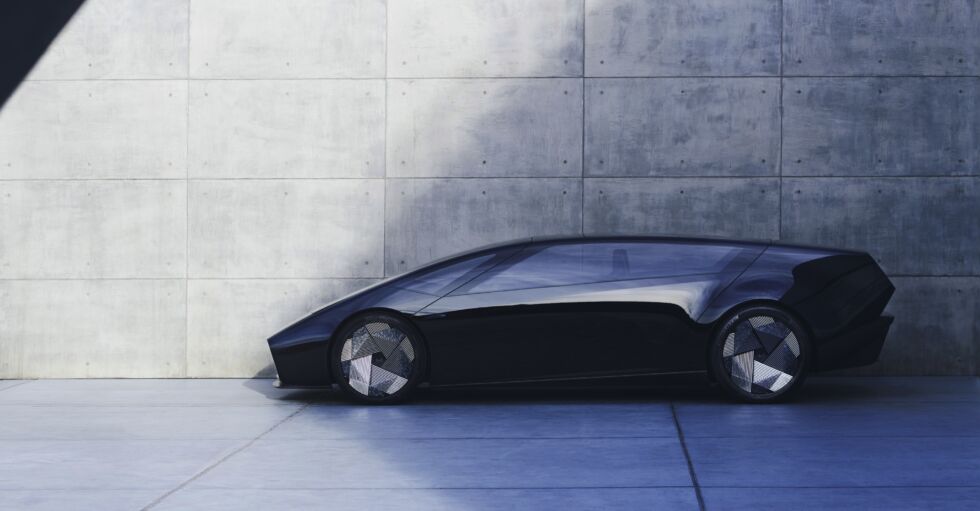-
 chevron_right
chevron_right
First look at the Sony Honda EV: More than a Playstation on wheels
news.movim.eu / ArsTechnica · 6 days ago - 15:04

Enlarge / Sony Honda Mobility will start taking orders for its AFEELA EV next year. (credit: Peter Nelson)
We're living through a period of radically shifting automotive technology. Companies are working on increasing electric vehicle range and redefining our concept of reenergizing . They're also gradually refining driver assistance technology and figuring out how to make vehicles an extension of their drivers.
Sony Honda Mobility's (SHM) main aim with its AFEELA luxury-tier sedan concept is to put the emphasis on the latter. The dynamic duo's website is filled with marketing buzzwords, but what is the concept actually like in person?
Recently, I was invited by SHM to check out AFEELA firsthand. It's still very much a prototype, so certain key information like price, range, and charging times weren't disclosed. But it was still worthwhile to see how these two Japanese institutions put their know-how into this spacious sedan.




